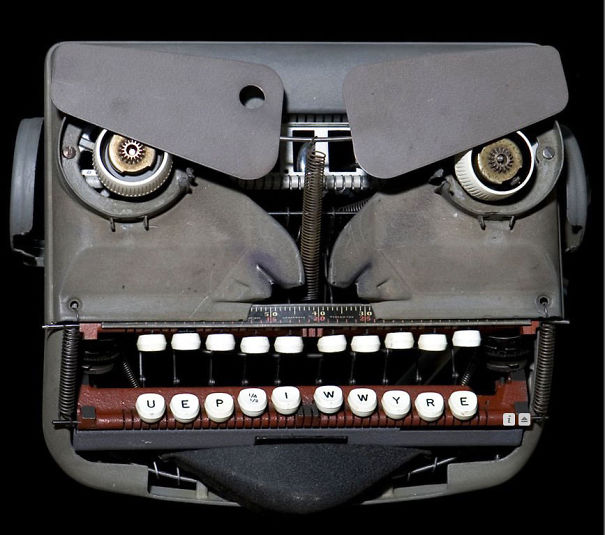Why Do We See Faces In Everyday Objects | Amazing Science Observations
Have you ever seen a man’s face on a tree or the front fender of a car grinning at you? Do you feel when you stare at an elect...

Have you ever seen a man’s face on a tree or the front fender of a car grinning at you? Do you feel when you stare at an electrical outlet, it has started to stare you back? Some people have even seen the face of Jesus on a slice of toast.

Seeing nonexistent faces is actually very common but some people experience this phenomenon more than the rest. Our sex, personality and emotional state influence this tendency to perceive faces and other patterns that do not exist in real.

Holy Ghost? More like Holy Toast (image)
This is called pareidolia. The state occurs as a result of how our brain works. The right fusiform face area of our brain is specialized to process true faces and it also activates when people see a face pattern on some object. This phenomenon has been experienced from people all around the world.
A study was conducted by Norimichi Kitagawa from the NNT Communication Science Laboratory in Tokyo. Norimichi along with his colleagues designed an experiment to test if personality traits and emotional state of a person affects their tendency to identify nonexistent faces in objects. This would further test if these pareidolic images can predict personality and emotional state of the identifier.
Researchers conducted the Ten Item Personality Inventory and Positive and Negative Affect Scale Test on 166 undergraduate students. The participants were shown a pattern of random dots and they were asked to trace those shapes with a pen that they saw in it.
The result showed that some participants had greater tendency than others to perceive not only faces but animals and plants.
People with higher neuroticism score are more likely to experience pareidolia than those in a less negative mood. The study further showed that women are more susceptible towards this than men.

The world’s angriest typewriter | Jeremy Meyer (image)
The reason behind why certain traits make someone identify faces in objects is still unclear. But Kitagawa and his team propose that since women are often physically weaker than males, they may be more sensitive to stimuli within noise and this also enables them to detect predators in a forest.
Neurotic people tend to be less emotionally stable than others and this might be the reason why they tend to see meaningful patterns that do not actually exist. Kitagawa says,
"We think positive moods enhance creativity, so people with higher positive mood scores may find more possible interpretations of the dots."
This museum preserves all the faces
Two hours northwest of Tokyo, there is a museum which is full of rocks. The ones at the Hall of Curious in Japan are not preserved because of their historical importance but because they look like faces.
Most of these 1700 stones on display are classified as jinmenseki, which means rock with a human face in Japanese.

Shozo Hayama, the founder has displayed his collection of 50 years until he died in 2010. He had the hobby of seeing faces in everything, even in those things that weren’t even faces.
So the next time you pull out a potato chip that looks just like Bill Murray, do not eat, preserve it because it might just belong to a museum.
Popular Posts
What Is Trypophobia – A Disgust More Than Fear
"I can't really face small, irregularly or asymmetrically placed holes, they make me like, throw up in my mouth, cry a little bi...
Chandan Roy
16 Interesting Facts About Ambidextrous People
A lefty or left-handed uses his left hand more naturally and dominantly than the right hand. And the righty or right-handed is o...
Ethan Stephans
20 Interesting Facts About Meteoroid, Meteor and Meteorite
Watching celestial objects is a true delight. It is still fun to catch a sight of shooting stars when we grow up. A second of th...
Swati Bhandari








